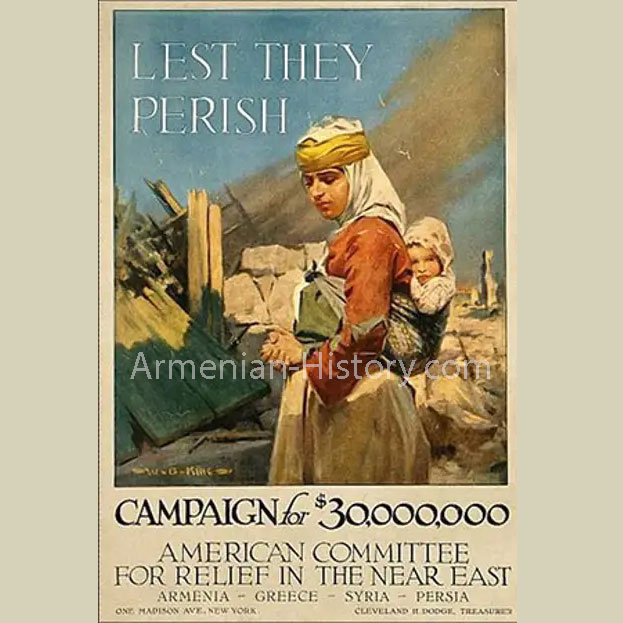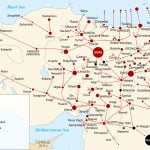During its brief but pivotal existence from 1918 to 1920, the First Republic of Armenia received vital humanitarian and political support from the United States. In the aftermath of World War I and the Armenian Genocide, the young republic faced immense challenges, including mass displacement, famine, disease, and border conflicts. American assistance played a critical role in addressing these crises and sustaining the Armenian population during its most vulnerable period.
One of the primary channels of U.S. support was through the American Committee for Relief in the Near East (ACRNE), later known simply as Near East Relief (NER). Founded in 1915, this organization mobilized millions of dollars and thousands of volunteers to provide food, medical aid, clothing, and shelter to Armenians across the region. Between 1915 and 1930, Near East Relief raised over $110 million (equivalent to more than $1.5 billion today), much of which was directed to Armenia. The First Republic, in particular, was a central focus of this effort, receiving orphan care, food aid, and medical assistance.
In 1919, the United States Congress authorized further emergency aid, and American humanitarian workers helped establish orphanages, clinics, and food distribution centers across the country. These included the famed orphan city of Alexandropol (modern-day Gyumri), where tens of thousands of Armenian children were sheltered and educated.
Moreover, American diplomats and public figures voiced support for Armenia’s right to self-determination. President Woodrow Wilson, a key advocate of the Armenian cause, was involved in drafting the proposed borders for an expanded Armenian state under the Treaty of Sèvres in 1920. While this treaty was never fully implemented, it underscored the level of international attention Armenia received during this period.
Though U.S. military or political intervention was limited by isolationist tendencies in postwar American policy, the humanitarian support provided during 1918–1920 left a lasting impact. The legacy of American assistance to the First Republic of Armenia stands as a testament to international solidarity during one of the darkest chapters in Armenian history.





